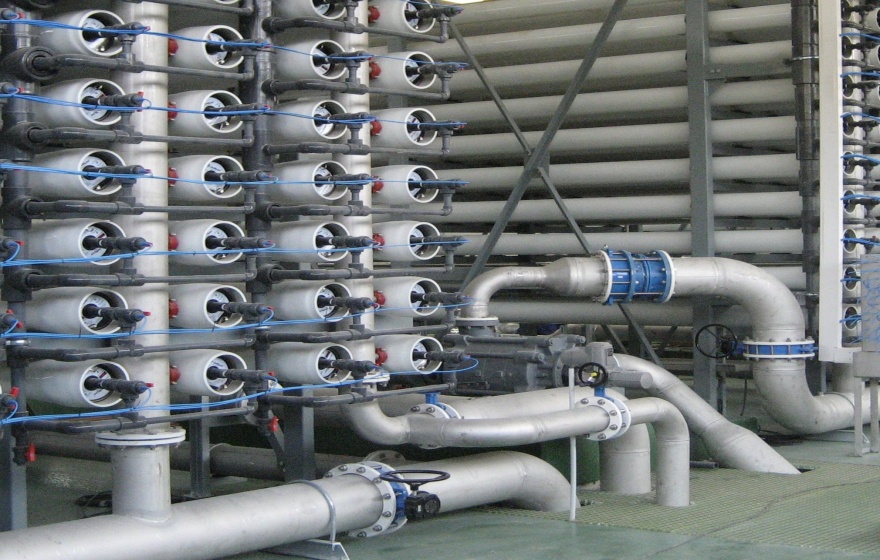Reverse Osmosis (RO)
Rejecting bacteria, salts, sugars, proteins, particles and dyes, reverse osmosis is capable of purifying water.
Available in Various Grades.
Reverse Osmosis (RO) allows the separation of particles as small as ions from a solution. Reverse osmosis is used to purify water and remove salts and other impurities in order to improve the color, taste or properties of the fluid. It can be used to purify fluids such as ethanol, which will pass through the reverse osmosis membrane, while rejecting other ions and contaminants from passing. The most common use for reverse osmosis is in purifying water. It is used to produce water that meets the most demanding specifications that are currently in place.
Reverse osmosis uses a membrane that is semi-permeable, allowing the fluid that is being purified to pass through it, while rejecting the contaminants that remain. Most reverse osmosis operated in crossflow to allow the membrane to continually clean itself. As some of the fluid passes through the membrane, the rest continues downstream, sweeping the rejected species away from the membranes. The process of reverse osmosis requires a driving force to push the fluid through the membrane, and the most common force is pressure from a pump. The higher the pressure, the larger the driving force. As the concentration of the fluid being rejected increases, the driving force required to continue concentrating the fluid increases.
Reverse osmosis is capable of rejecting constituents of aqueous streams such as bacteria, salts, sugars, proteins, particles and dyes. The separation of ions with reverse osmosis is aided by charged particles. This means that dissolved ions that carry a charge, such as salts, are more likely to be rejected by the membrane than those that are not charged, such as organics. The larger the charge and the larger the particle, the more likely it will be rejected.
Various grades of Reverse Osmosis is membranes are available, from low rejection/low pressure membranes to "Sea - Water" membranes which operate at relatively high pressures but also have the highest rejections of salt (sodium chloride).

FLAG ETS, LLC



